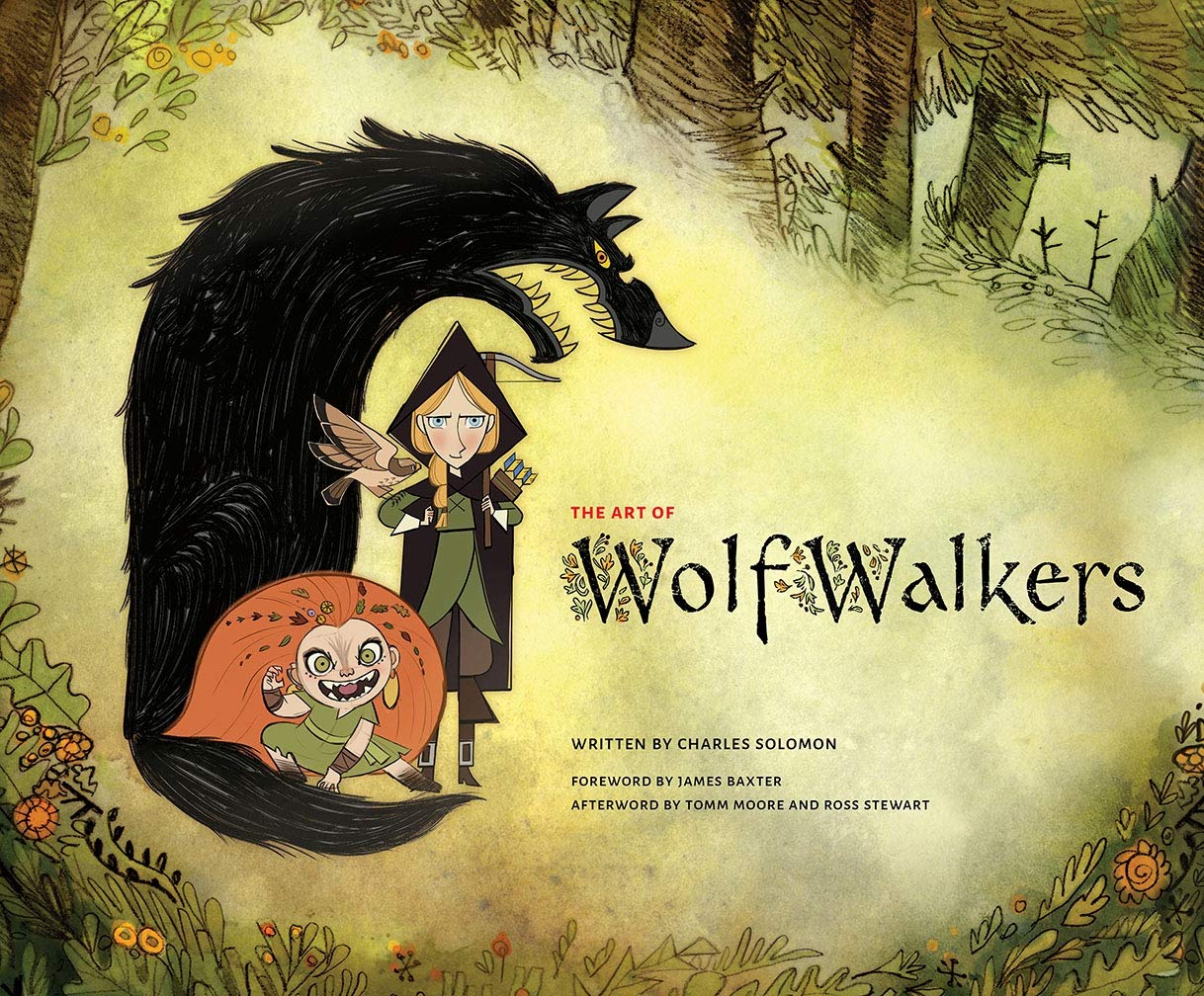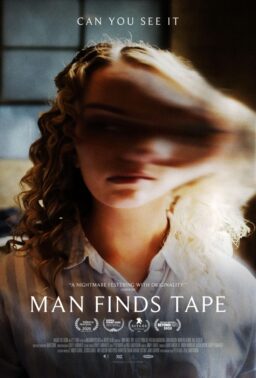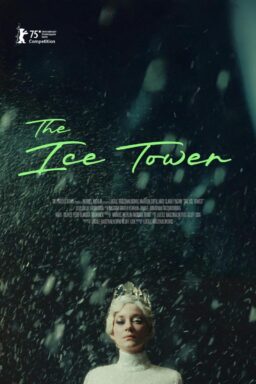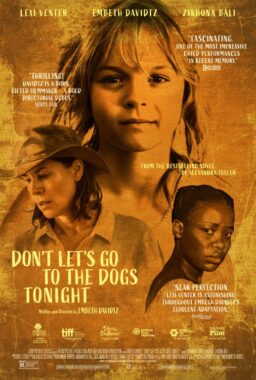Art books for modern motion pictures often tend to favor CGI-heavy blockbusters. The thinking is that people who love movies like “Avengers: Endgame” or “Mad Max: Fury Road” will be more inclined to buy $40 coffee table books that both detail the creation of those films and allow them to display their love to friends and families. Art books for animated films often provide another layer of detail, including sketches, character designs, and more details about the process than your standard live-action blockbuster. The book for “Spider-Man: Into the Spider-Verse” is one of the best in my collection, but this week’s release of “The Art of Wolfwalkers” nearly matches it, presenting detailed information about the making of 2020’s best animated film so far in a manner that’s interesting an entertaining. Much of the book consists of sketches and other visuals that helped in the creation of “Wolfwalkers,” but there’s also a great deal of written material about the production of a great movie.
As the book details, “Wolfwalkers” was inspired by the legend of the Wolves of Ossory. It’s an Irish legend of man-wolves that dates back to the twelfth century, and served as the inspiration for Tomm Moore, who was looking to close out an informal mythology trilogy with “The Secret of Kells” and “Song of the Sea.” “Wolfwalkers” is the story of Robyn (Honor Kneafsey) and her father Bill Goodfellowe (Sean Bean). The two have been sent by Oliver Cromwell to a remote outpost in Ireland in the middle of the 17th century because Goodfellowe is a hunter, and he’s been tasked with killing the wolves that have been threatening from the woods. Eager to join her father on his duties and ostracized from the village, Robyn follows dad and discovers that the legends are true. She meets Mebh (Eva Whittaker), a girl who has a wolf form that is independent of her while the human Mebh sleeps. She also has healing powers and control over the vicious wolfpack that has been tormenting people. Mebh is waiting for her mother to return from her wolf form, hoping that she will then lead the pack to a safer place.
“Wolfwalkers” is one of the most visually striking animated films in years, embracing a hand-drawn style that’s sometimes purposefully inconsistent in a way that reminds one of art more than perfectly polished CGI animation. Lines look shaky and even incomplete, like a painting that’s come to life. And the “Art of Wolfwalkers” book looks at the entire process from inspiration through completion, detailing how much more complex making a film like “Wolfwalkers” is than fans may even expect. Most of its dozens of pages are devoted to art—either stills from the film or sketches from its production—but it has more written information than a lot of these books. Many art books rely on the simplest form of page-filling by including stills from the film, but “The Art of Wolfwalkers” isn’t content to do just that, offering way more than just watching the movie can do. It’s not just a companion to one of the best films of the year but a volume that expands on the experience and enjoyment of it. It would be a great inclusion on any holiday season wish list.












